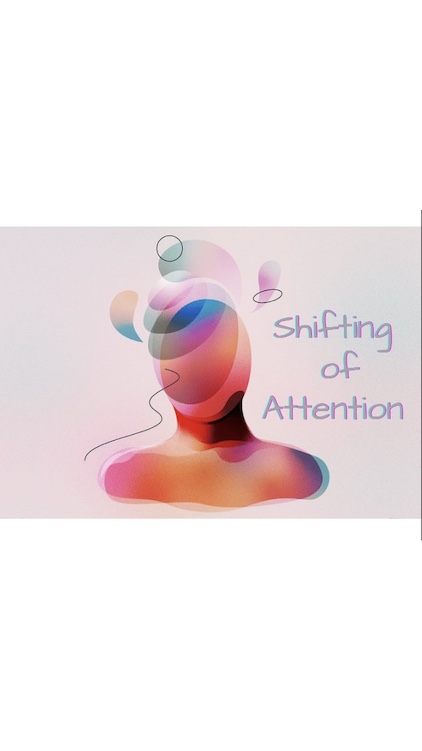
Shifting of attention requires a range of transitions. Here are a few examples of how things could get in the way:
-Emotions – Someone might say they ‘don’t feel like doing xyz’, it’s likely that they haven’t emotionally transitioned to that task yet.
-Changing your thought process (Different tasks involve different thinking) – Playing a sport involves a competitive mindset vs eating dinner with the family or being at work.
-Physical – The brain sometimes will think since the physical task is over, the whole task is over. For example, getting out of bed for the day or taking out your laptop and then nothing else occurs after.
-Navigating the path between the last activity and the future one – A distraction could occur in between the tasks, leading one to stop.
-Task initiation (Moving towards the new task) – Not having clear instructions or moving towards a task one doesn’t want to complete, could cause one to not move forward.
-Time Awareness – The only time is now, so looking into the future could be difficult.
Here are some tips for making transitions more smooth:
-Routines – To know what is expected and what will occur in what order
-Getting a heads up is helpful to allow the brain time to adjust and consider what is happening next
-Visuals are so important, place in areas relevant to tasks or a high used area of house/work
-If electronics work for you, use them for reminders
-Auditory fidgets could help increase focus
For more information or help with executive functioning, contact 815-363-0864 or jennifer@echcounseling.com.

